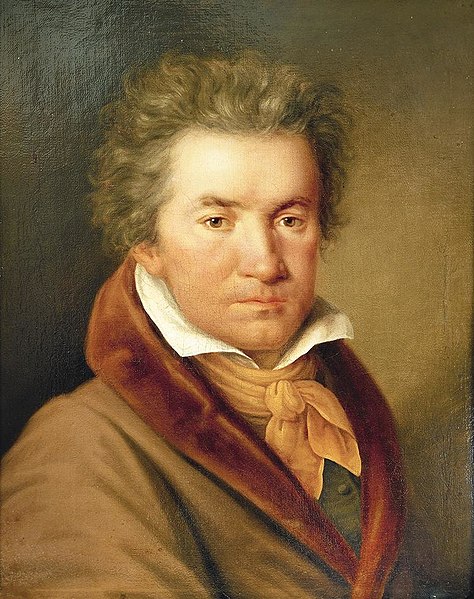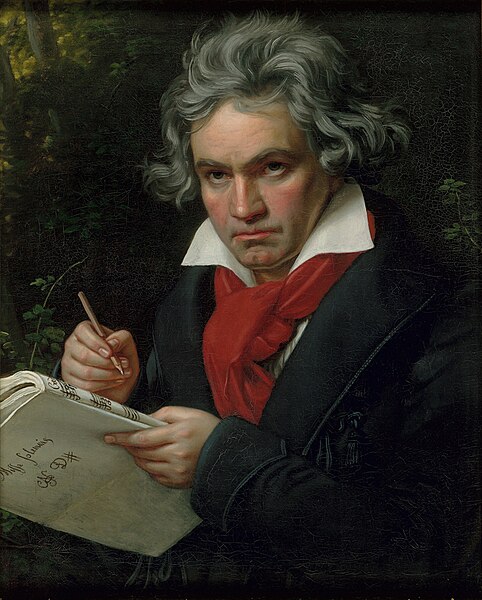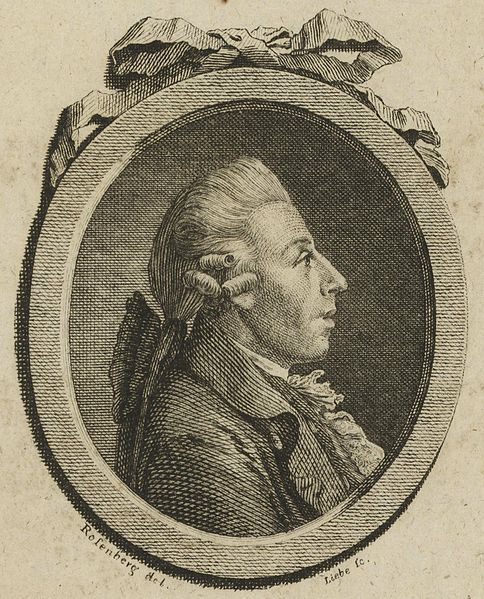Piano Trio, Op. 97 (Beethoven)
The Piano Trio in B-flat major, Op. 97, by Ludwig van Beethoven is a piano trio completed in 1811. It is commonly referred to as the Archduke Trio, because it was dedicated to Archduke Rudolph of Austria, the youngest of twelve children of Leopold II, Holy Roman Emperor. Rudolf was an amateur pianist and a patron, friend, and composition student of Beethoven. Beethoven dedicated about a dozen compositions to him.
Beethoven in 1815, portrait by Joseph Willibrord Mähler
Sketches for the third and fourth movements of Piano Trio, op. 97, 1810–1811, musical autograph
Ludwig van Beethoven was a German composer and pianist. He is one of the most revered figures in the history of Western music; his works rank among the most performed of the classical music repertoire and span the transition from the Classical period to the Romantic era in classical music. His early period, during which he forged his craft, is typically considered to have lasted until 1802. From 1802 to around 1812, his middle period showed an individual development from the styles of Joseph Haydn and Wolfgang Amadeus Mozart, and is sometimes characterized as heroic. During this time, Beethoven began to grow increasingly deaf. In his late period, from 1812 to 1827, he extended his innovations in musical form and expression.
Beethoven (1820)
Beethoven's birthplace at Bonngasse 20 in Bonn is now the Beethoven-Haus museum.
Christian Gottlob Neefe, one of Beethoven's first music teachers, depicted in a c. 1798 engraving
Count Waldstein, depicted in a c. 1800 portrait by Antonín Machek






